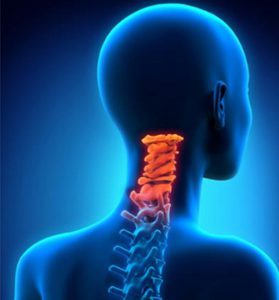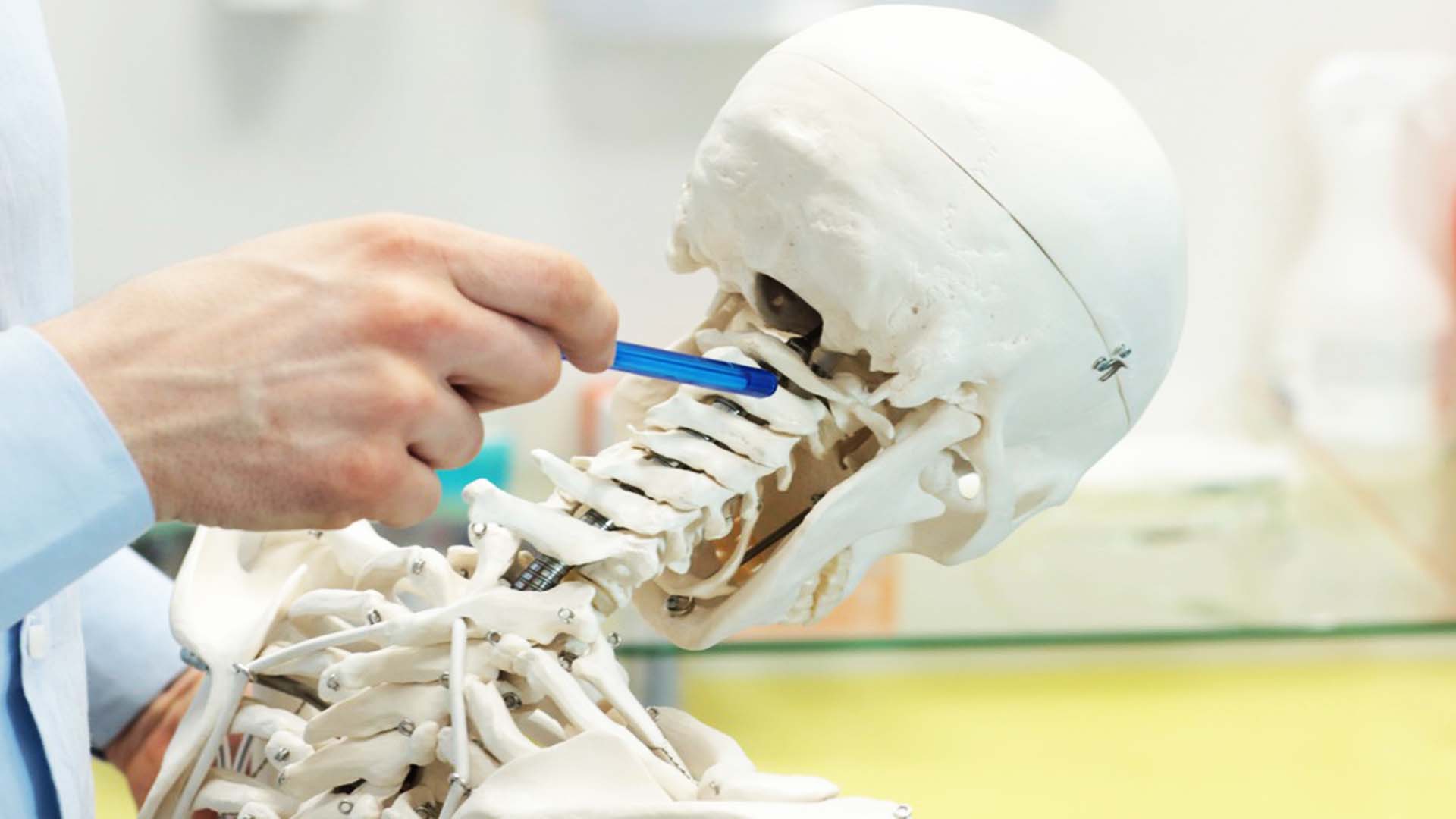The neck fractures are more important than other fractures that may one’s body suffer. Because the neck area is like a significant intersection through which the tracks facilitating the communication between the brain and the rest of the body. Therefore, treated, the potential damages may increase the risk of death.
Neck fractures are usually caused by serious traumas such as traffic accidents, falls from high altitudes or shooting events. The fractures or dislocations caused by the cervical area traumas may result in paralyzed hands or feet or losing the control of the bladder.

How to Treat Cervical Vertebra Fractures?
Any person suspected to have suffered neck fracture should be moved as minimally as possible and an ambulance should be called for them immediately. The wounded person should be carried to a hospital without any movement. However, in such cases the patient should not be carried if they are unconscious, since any movement may put pressure on the nerves surrounding the fractured area, which may lead to paralysis or even death. The location of the fracture and the damages on the tissues should be identified by using cervical direct graph,
computer assisted tomography or magnetic resonance graph (MRG) depending on the characteristics of the case. In order to identify the proper method of treatment for the cases of neck fracture the damage caused by the injury suffered should be considered. In this sense, some patients are started to a six-week long treatment period with a strap, called “crutchfield.” The special points of the strap are mounted on the skull. Also, the strap is provided with an added weight to enable the patient to lie down without moving their head.
Throughout the treatment process, the patient’s all needs are met as they lie down. Some patients may require surgical intervention. During the operation, which takes up to an hour, the fractured neck is mounted with screws. Upon recovery, the patient may continue with their daily life without removing the screws.
Following the intrusive treatments for neck fractures, a long period of physiotherapy and rehabilitation treatment is prescribed to the patient. If spinal cord has also suffered any damage, the period of the physiotherapy may be even longer. However, in the cases of neck fractures and spinal cord damages, the chances of full or almost-full recovery are not great, despite plenty of studies. It would be one’s interest to be wary of those jumping out of gate to take serious risks. Nevertheless, it is important to take necessary precautions against potential accidents when driving or working at high altitudes.




